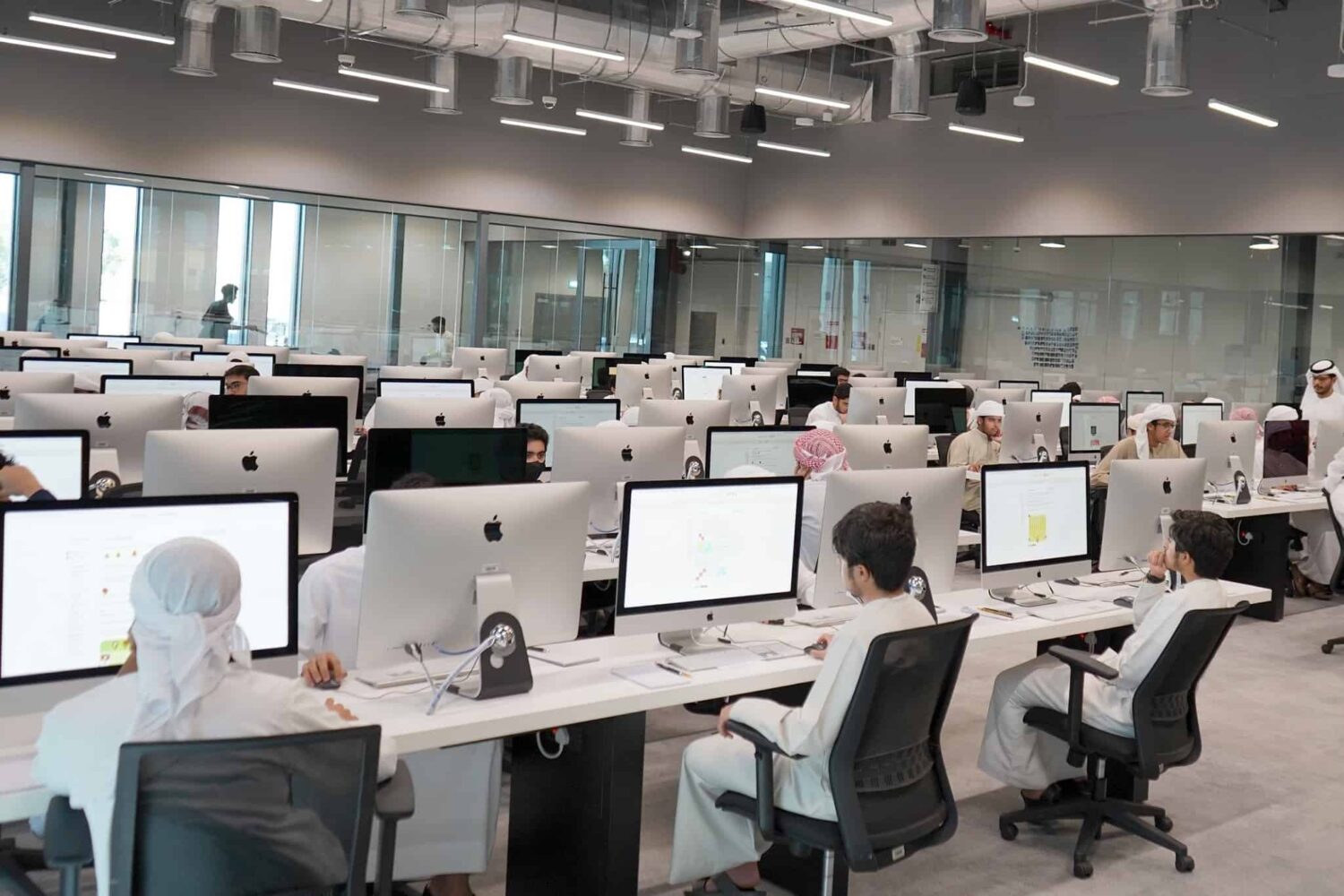DUBAI, UAE – Worldwide PC shipments totaled 63.3 million units in the fourth quarter of 2023, a 0.3 percent increase from the fourth quarter of 2022, according to preliminary results by Gartner, Inc.
This marks the first time that quarterly shipments have increased after eight straight quarters of decline, a press release said.
For the year, PC shipments reached 241.8 million units in 2023, a 14.8 percent decrease from 2022. This marks the first time that shipment volume has dipped below 250 million since 2006, when 230 million units were shipped.
“The PC market has hit the bottom of its decline after significant adjustment,” said Mikako Kitagawa, Director Analyst at Gartner.
“Inventory was normalized in the fourth quarter of 2023, which had been an issue plaguing the industry for two years. This subtle growth suggests that demand and supply are finally balanced,” she said.
“However, this situation will likely change due to the anticipated component price hike 2024, as well as geopolitical and economic uncertainties. Throughout these challenges, all top six vendors maintained their position without notable share gains or losses,” she added.
“With this in mind, Gartner projects that the PC market will return to annual growth in 2024,” Kitagawa said.
There were no changes in the top six vendor rankings in the fourth quarter of 2023. However, there were mixed results in performance.
Lenovo, HP, Apple, and Acer recorded year-over-year growth, while Dell and ASUS showed a decline.
Lenovo marked its first year-over-year growth in worldwide PC shipments since the third quarter of 2021, registering 3.2 percent growth.
EMEA and the Americas saw double-digit growth, offset by weakness in Asia Pacific and Japan.
The depressed economy in China impacted PC demand in general but impacted Lenovo strongly as the country is its largest market.
Laptop growth in EMEA and Latin America was robust, well exceeding the regional average.
Other vendors had mixed results. HP Inc. had its second consecutive quarter of year-over-year growth and sequential growth in worldwide PC shipments, while Dell registered its seventh consecutive quarter of year-over-year shipment decline.
Regional Overview
The U.S. PC market recorded its first year-over-year growth since the second quarter of 2021, with a 1.8 percent increase in the fourth quarter of 2023.
A decline in desktops offset laptop growth.
“PC growth in the U.S. reflected consumer confidence as it stabilized during the quarter,” said Kitagawa.
“The solid U.S. economy helped small and midsize business spending as the segment grew steadily. Large companies were still cautious about spending, postponing PC refreshes to 2024,” she said.
HP maintained the top spot in the U.S. PC market based on shipments with 27.7 percent market share.
EMEA and North America, recorded year-over-year growth, leading the worldwide growth, although the Asia Pacific region was still in decline in the fourth quarter of 2023, pulled by the depressed results in China.
The EMEA PC market saw the highest growth of 8.7 percent, its first year-over-year growth since the fourth quarter of 2021.
“The EMEA market is reflective of the overall market, with inventory levels finally under control,” said Kitagawa. “However, this could change if demand becomes weak, and the channel would be wary of adding new stock, especially as higher interest rates means holding inventory now costs much more for the channel,” she said.
Asia Pacific declined by 8 percent, recording seven consecutive quarters of decline, though these results are preliminary, the press release added.
Laptops and desktops declined in the region, with desktops more impacted than laptops.
“The PC market underwent a significant adjustment period in the past two years after an extraordinary growth period between 2020 and 2021,” said Kitagawa.

